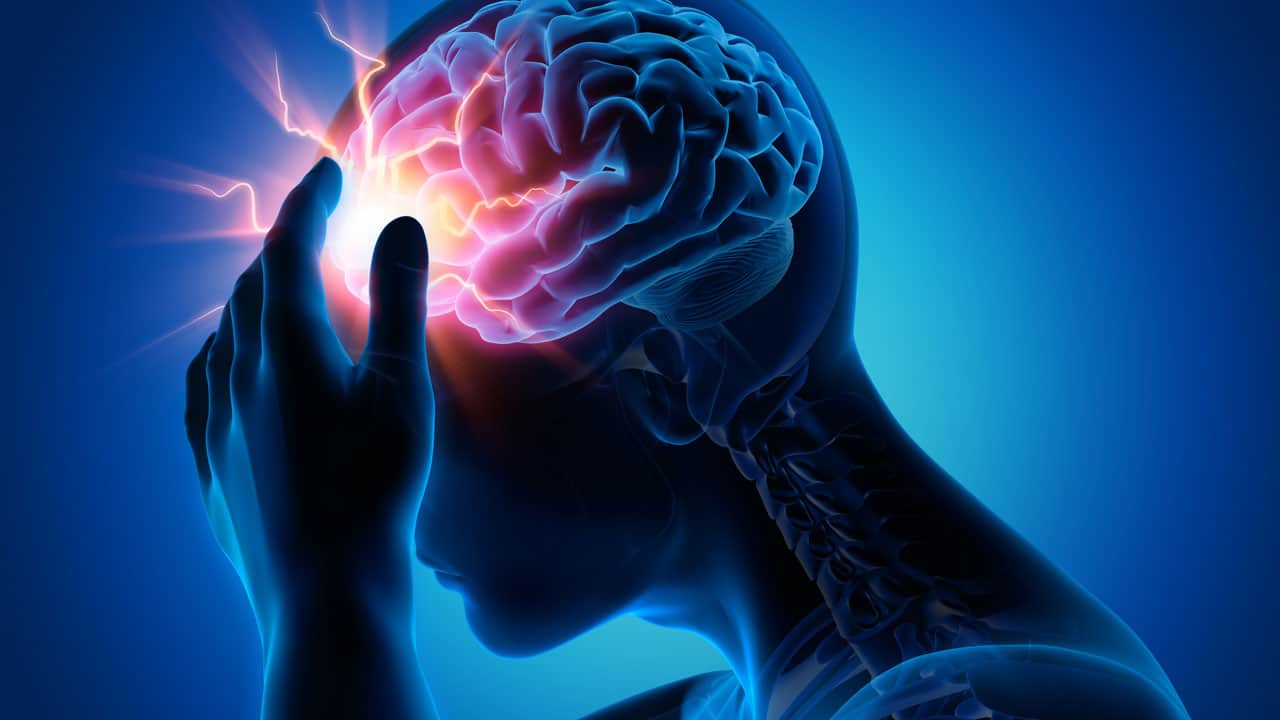After actor Sidharth Shukla died at the age of 40 from a heart attack, the whole television business was stunned. This was the period when some members of the business realised the value of working hard but not at the expense of their own lives. Actor Rahul Roy suffered a brain stroke in 2020, and after learning about Shukla’s death, he warned performers not to let work get the best of them.
It’s not just about the actors. According to the Indian Stroke Association, 17 million people have a stroke each year, with six million dying and five million permanently handicapped. Because of insufficient prevention and stroke management facilities, 80 percent of stroke deaths occur in low- and middle-income nations, including India. Lack of knowledge about the disease’s indications and symptoms contributes significantly to its status as a leading cause of death and disability in India.
A stroke happens when the blood flow to a specific area of the brain is stopped or decreased. It deprives brain tissue of critical nutrition and oxygen, causing the cells to die. There are two forms of stroke: those caused by a blocked artery (ischemic stroke) and those caused by a blood vessel leak (haemorrhagic stroke). A transient ischemic attack occurs when there is a momentary disturbance in blood flow to the brain that does not result in long-term symptoms.
The most frequent form of stroke is an ischemic stroke, which occurs when blood arteries in the brain become clogged or narrow, reducing blood flow. Clogged blood vessels are caused by fatty deposits that accumulate in the arteries or by blood clots that travel from the circulation to the blood artery in the brain. Haemorrhagic stroke occurs when a blood vessel in the brain ruptures or leaks as a result of certain medical disorders. Uncontrolled high blood pressure, trauma, protein deposits in blood vessel walls, ischemic stroke leading to bleeding, overtreatment with blood thinners, and bulges at weak points in the blood vessel walls are examples of these diseases.







